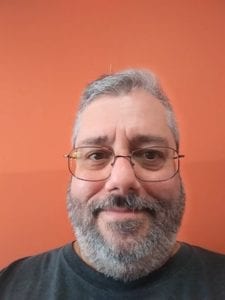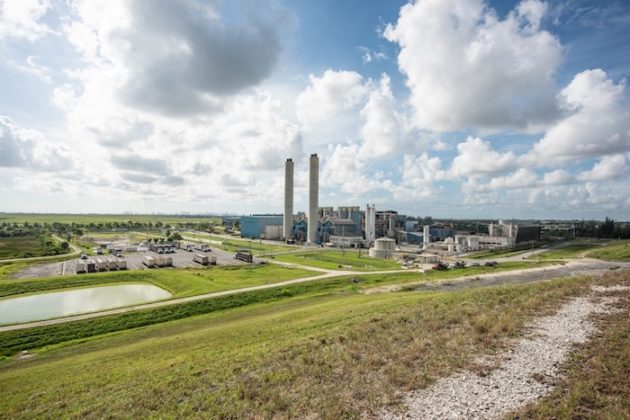|
Getting your Trinity Audio player ready...
|
It’s something few Miami-Dade residents think about: solid waste.
But it’s good to know somebody thinks about it, as Miami-Dade County disposed of more than 1.8 million tons of waste during fiscal year 2019 (source: Miami-Dade County Department of Solid Waste Management 2019 Comprehensive Annual Financial Report).

Michael Fernandez, Director of the Miami-Dade County Department of Solid Waste Management (DSWM) and more than 1,100 dedicated employees manage much of the waste generated in Miami-Dade.
“We’re the largest government-owned and -operated solid waste management agency in the southeastern United States,” said Mr. Fernandez. “We collect waste and, through contractors, recycling from more than 340,000 single-family households throughout the county.” “We also manage the disposal of waste after it’s collected,” Mr. Fernandez added.
“Many residents know about our collection services and the South Dade landfill, where we accept both garbage and trash,” said Mr. Fernandez. “But we also have a trash-only landfill in north Miami-Dade County, and the Resources Recovery Facility in Doral, where most of the county’s waste actually goes.”
Wait a minute: garbage and trash? And what’s with the Resources Recovery Facility (RRF or Resources, for short)?
“Garbage is waste that comes from your house, such as kitchen waste,” explained Mr. Fernandez, “while trash is items such as old furniture or tree and lawn clippings. We refer to these items differently because they’re often handled separately.”
Indeed, at Resources (more on this amazing facility in a future column), garbage is incinerated to reduce the volume of waste for disposal, and to create electrical energy. Trash is shredded and is then also incinerated to create energy. And metals are removed for recycling.
“Resources helps reduce the volume of waste by about 90 percent,” Mr. Fernandez said. “Without Resources, we’d need many more landfills to dispose of the waste generated here each year.”
DSWM’s disposal facilities include two landfills, Resources, and three regional transfer stations, where waste is brought in from neighborhoods and transferred either to Resources or a landfill for final disposal.
“We also have 13 Neighborhood Trash and Recycling Centers where service area customers can bring yard trash, old furniture and similar items,” Mr. Fernandez noted. “Some TRCs, as we call them, even accept car tires, mattresses, electronics, old appliances and used motor oil.”
DSWM also has two permanent Home Chemical Collection Centers where all Miami-Dade residents—not just DSWM customers—can dispose of household cleaners and pesticides, lithium batteries, used motor oil, propane tanks and other items that could create hazards if mixed with regular waste.
“Customers also get two bulky waste pickups per year, where large waste items such as furniture, yard waste, appliances and other articles are collected after scheduling a pickup by phone or online,” Mr. Fernandez added.
In addition to waste and recycling services, DSWM is responsible for mosquito control in Miami-Dade County, fighting mosquito breeding and adult mosquitoes and working to prevent transmission of mosquito-borne diseases.
To learn more about DSWM and the services they provide, visit www.miamidade.gov/solidwaste, call 311 or follow them on social media: @MiamiDadeSolidWaste on Facebook and @miamidadeswm for Twitter; @305Mosquito on Facebook, Twitter and Instagram.
Frank Calderon is Communications Manager for the Miami-Dade County Department of Solid Waste Management. He has been with the department since 2009.








